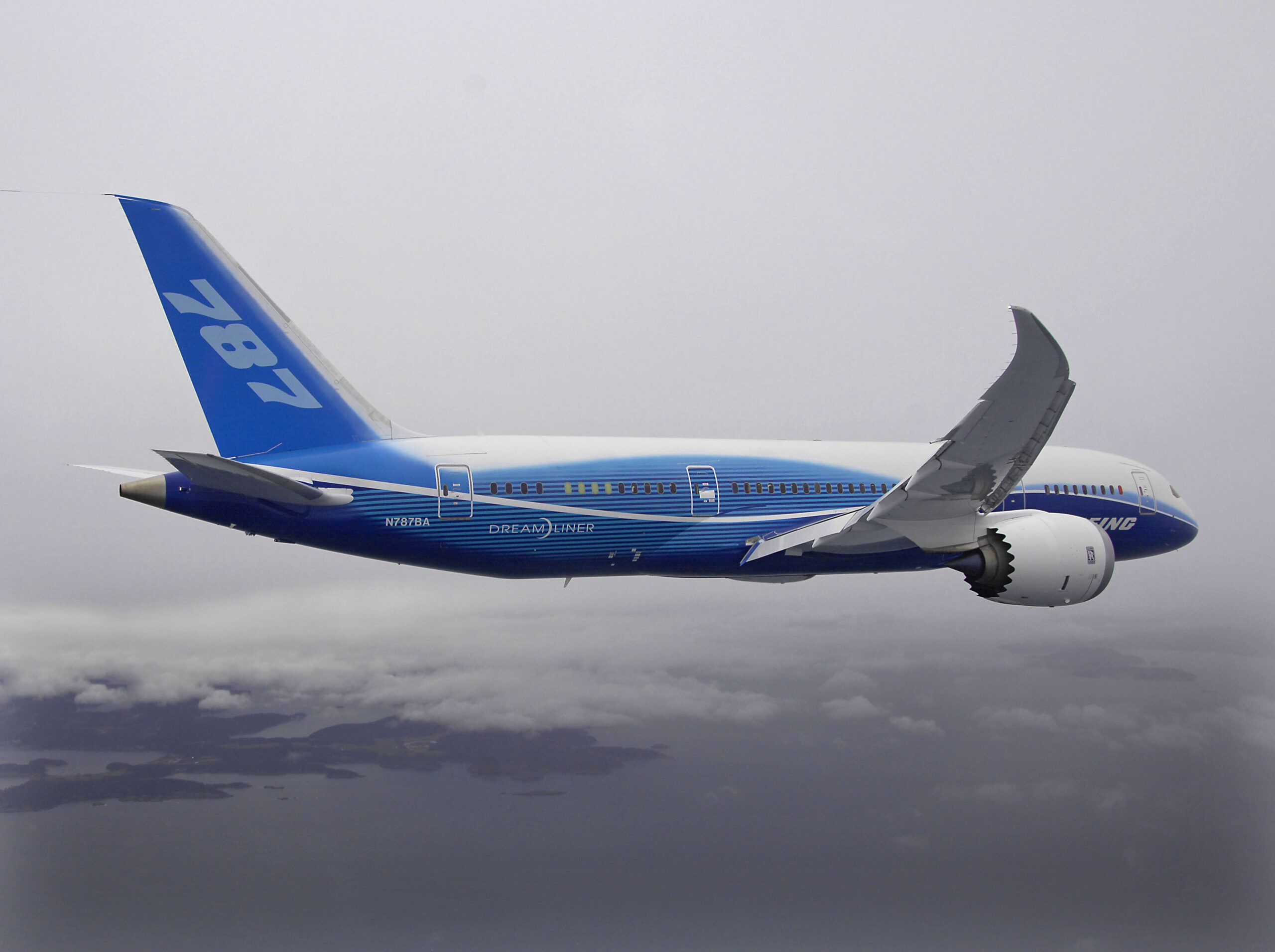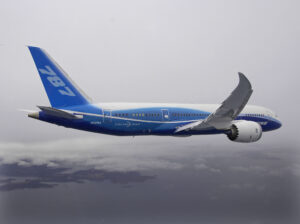
In the world of aerospace, where conventional naming conventions ruled the skies, one brand took a leap of imagination and redefined the industry’s perception. Boeing’s decision to name its revolutionary aircraft the Boeing 787 Dreamliner broke free from the norm and sparked a remarkable response from the public and airlines alike.
Traditionally, aircraft models were identified through alphanumeric codes, leaving little room for creativity or emotional connection. However, with the Dreamliner, Boeing sought to capture the essence of its groundbreaking aircraft and convey a sense of aspiration and wonder.
The name Dreamliner struck a chord with the public, evoking a sense of hope, possibility, and a vision of an exciting future in aviation. It resonated with people’s desire to transcend ordinary experiences and embark on extraordinary journeys. The use of the word “dream” in the name created an emotional connection, fostering anticipation and generating buzz.
The impact of the Dreamliner’s unconventional branding extended beyond public perception. Airlines, as customers, saw an opportunity to align themselves with a brand that represented innovation, comfort, and advanced technology. They recognized that by embracing the Dreamliner, they could position themselves as pioneers in the industry, offering passengers an exceptional travel experience.
In contrast, Airbus continued to follow the traditional alphanumeric naming convention with the launch of the Airbus A380, the largest passenger aircraft at that time. While the A380 garnered attention for its size and capacity, it lacked the distinctive emotional appeal that the Dreamliner had successfully captured.
The Dreamliner’s unique branding approach catalyzed airlines’ response. They eagerly embraced the opportunity to introduce the Dreamliner into their fleets, leveraging its name and advanced features as a marketing advantage. Airlines created dedicated promotional campaigns, announcing their plans to acquire and operate Dreamliners, highlighting the innovative technology, fuel efficiency, and passenger comfort it offered. This enthusiastic response further validated Boeing’s decision to break away from the convention.
The success of the Dreamliner’s branding strategy transformed the industry’s perception of aircraft naming. It demonstrated that a name could go beyond mere identification and become a powerful tool for creating an emotional connection with the public and driving customer engagement.
In conclusion, Boeing’s bold move to name its groundbreaking aircraft the Dreamliner revolutionized aerospace branding. By defying the traditional alphanumeric approach, the Dreamliner captured public imagination, instilled a sense of aspiration, and prompted airlines to eagerly embrace the aircraft. This case study serves as a testament to the power of unconventional branding in reshaping industry norms and captivating both public and customer attention.













